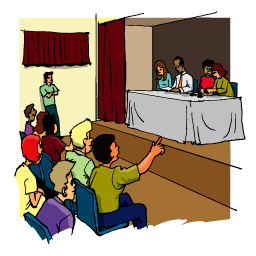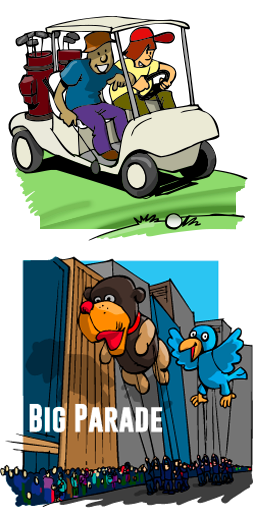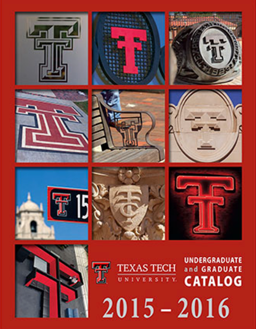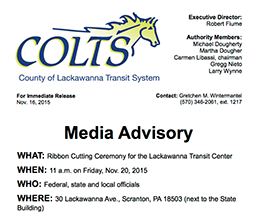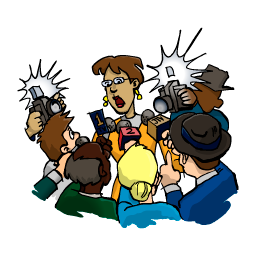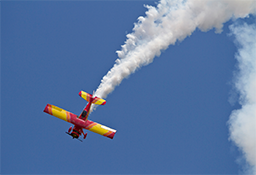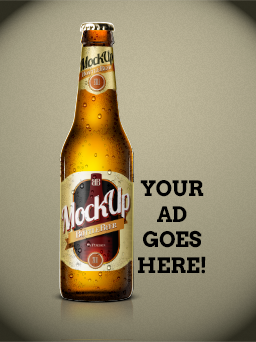-
Personal interactions Tactic 1
Interpersonal communication
Interpersonal communication offers face-to-face opportunities for personal involvement and interaction. -
Produced media Tactic 2
Organizational media
These are published or produced media by the organization. These expensive tactics can be controlled along with the message content and design, timing, packaging, distribution and audience access. A great deal of expense is assumed by the organization in this category. -
Published media Tactic 3
News media
Contrary to popular opinion, the news media isn’t dead. It still provides opportunities for the credible (3rd-party) presentation of an organization's message to a large audience, usually via journalistic organizations. -
Controlled media Tactic 4
Advertising and promotional media
These are controlled media that are developed by the organization that can be accessed by large audiences. These are not as credible, sometimes, to the audience because they are purchased media.
Communications Tactics - the fun stuff
Smith, R.D. (2017). Strategic Planning for Public Relations, 5th Edition. Routledge; New York, NY.

